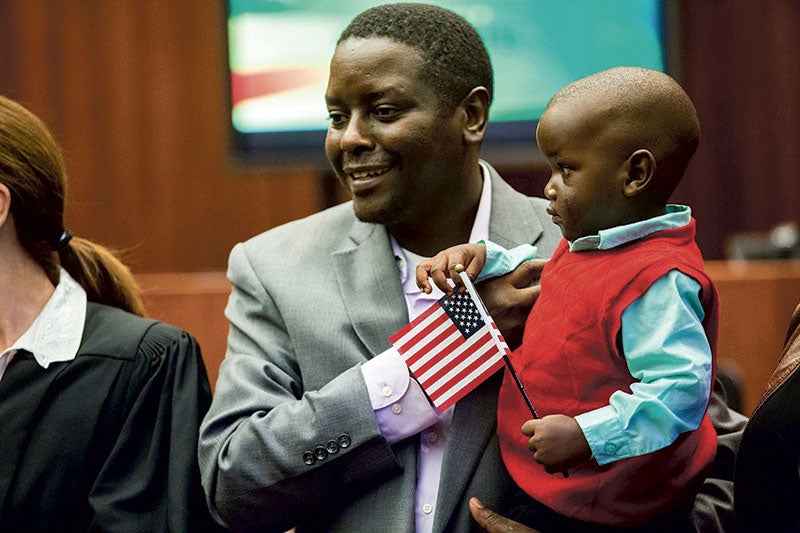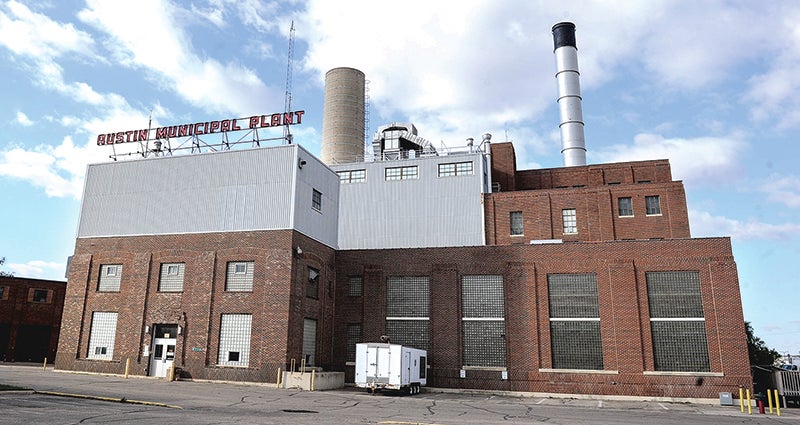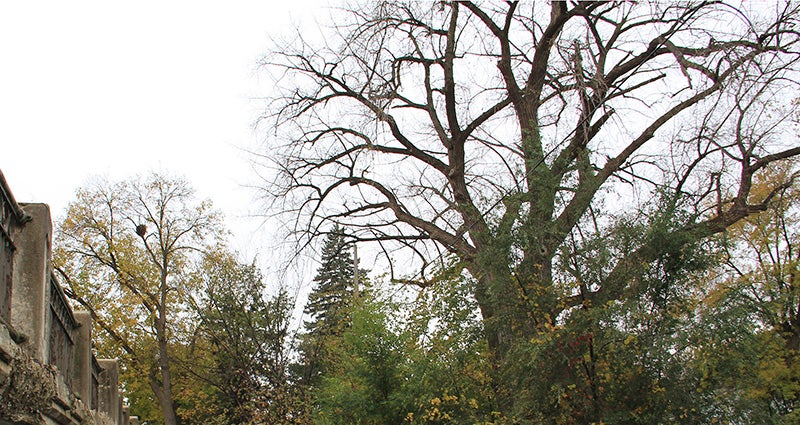What you need to know about Real ID in Minnesota
Published 9:48 am Thursday, September 24, 2015
By Nate Sommer
St. Paul Pioneer Press
ST. PAUL– The time has come for Real ID in Minnesota, Gov. Mark Dayton said this week.
Most states already have adopted Real ID standards, the controversial national requirements for driver’s licenses and other state-issued identification. But Minnesota and three other states have been holdouts.
With a 2016 deadline looming to adopt the standards, Dayton said he will compel Minnesota lawmakers to remove a ban on Real ID, even if it takes a special session to do so.
With debate still swirling over the issue, here’s what you need to know:
What is Real ID?
The Department of Homeland Security’s website defines Real ID, adopted in 2005, as a “coordinated effort by the states and the federal government to improve the reliability and accuracy of state-issued identification documents.” It essentially moves states from individualized methods to minimum federal standards of verifying that applicants are who they say they are.
Is Real ID law already being enforced?
Yes. The Department of Homeland Security is rolling out the Real ID law in four phases, three of which have taken effect. Secondary forms of identification, such as passports or licenses up to Real ID standards, are now required at some federal sites and nuclear power plants. Homeland Security says Real ID licenses will not be needed for voting, applying for federal benefits, being licensed by a state to drive, “accessing health or life preserving services (including hospitals and health clinics), law enforcement, or constitutionally protected activities (including a defendant’s access to court proceedings.)”
What about flying?
The fourth phase of Real ID law will affect the boarding of commercial flights. It is unclear when this phase will start.
What impact will this have on whether I can get on an airplane?
The Department of Homeland Security plans to implement the fourth phase of Real ID involving boarding aircraft “no sooner than 2016.” The exact date is unclear, and Minnesota officials said they have been promised advance notice before the fourth phase begins. Minnesota is one of four states not in compliance with Real ID law. The others are Louisiana, New Hampshire and New York. Once the fourth phase starts, travelers without Real ID compliant identification will need more than just a driver’s license to get through security at the airport. A secondary form of ID, such as a passport or enhanced driver’s license, could be required to board flights.
How do I know if my license is in compliance with Real ID law?
In Minnesota, it probably isn’t. State law bans Minnesota from complying or even planning around Real ID. Only about 7,000 Minnesotans currently possess enhanced driver’s licenses, said Bruce Gordon, communications director at the Minnesota Department of Public Safety, which meet the Real ID standards. In states that have adopted the standards, Real ID licenses have a gold star that indicate compliance.
What is an enhanced driver’s license?
The Minnesota Department of Public Safety describes enhanced driver’s licenses as a dual purpose form of identification that doubles as a passport when used in travel to Canada, Mexico, Bermuda or the Caribbean. The optional enhanced licenses have been available to Minnesotans for an additional $15 since last year.
How is Real ID different from my current ID?
On it’s face, except for the gold star, a Real ID does not look that different from an old ID. But states that issue them have standardized the documentation, name checks, security checks and citizenship verification required to apply.
What are the perceived pros and cons of Real ID?
Real ID supporters say the new license procedures make sure that all state licenses conform to at least minimal standards, which will help keep fraud down and licenses out of the hands of would-be terrorists. Real ID detractors say the law puts the federal government deep into the state business of issuing licenses and fear it could allow unprecedented tracking of citizens’ movements. States also need to bear at least part of the costs of updating their license and identification systems to comply with the federal standards.
What have other states done?
Neighboring states South Dakota, Wisconsin and Iowa have adopted federal Real ID license standards. Wisconsin and other states allow residents to choose between Real ID licenses and noncompliant licenses. Costs of the new IDs remain the same for the customer, but the state has had to fund the process through a one-time federal grant and other in-state funding. The Iowa Transportation Department automatically issues Real IDs to new and first-time in-state applicants.
Nate Sommer is an intern studying journalism and political science at the University of Minnesota.
—Distributed by Tribune Content Agency.




